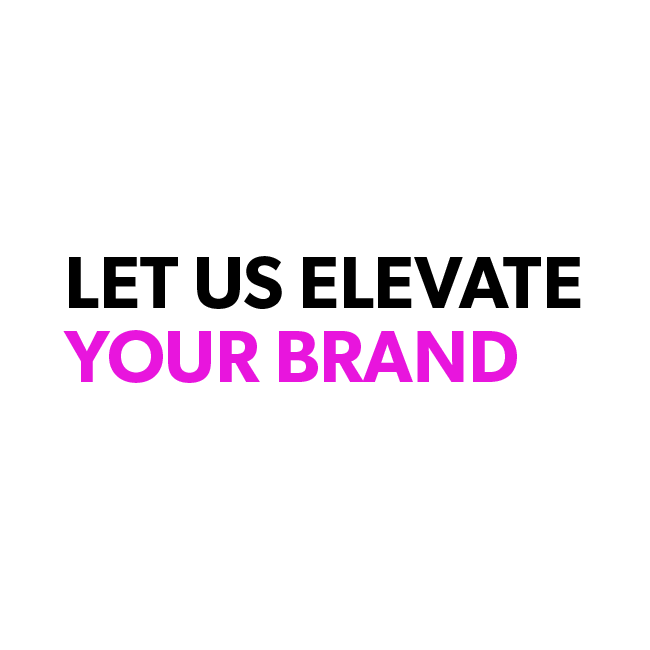
Close

Top 5 Web Trends in 2020
Everyday more and more brands begin the fight to stand apart from their competition and in turn more and more start to adopt the practice of utilising bold and impactful colours. These days, most consumers carry ultra-powerful smartphones that are capable of showing off some incredible eye-catching images. Think high contrast and over saturation, designed to grab your attention!
Not only that, this particular trend goes against the conventional safe shades and shadows to demonstrate a brand’s daring, forward-thinking and contemporary personality. Depending on a brand’s target demographic, this trend usually appeals to the youthful market. Check out an example here! See how the colour really elevates the design.
Animation. Animation. Animation.
This particular trend started all the way back in 2017 but was hampered by slow load time (a customer killer). Since then, thanks to the improvement of technology and speed of the Internet, animation and dynamic illustration have boomed in popularity and creative application.
Some of the most popular techniques used include:
These effects in particular tend to load quicker than traditional videos and can be efficient in terms of size. Not only do motion graphics add personality and individuality to your overall brand, when well executed can be used to illustrate what you stand for and tell the story of your business in a cool, clear and confident manner too.
While a majority of websites are based on a simple grid structure that would be familiar to most, brutalism, broken structure and unbalanced layouts are being adopted by the more experimental of brands. A good example would be the [Link].
Personal websites, in particular, are increasingly pushing the boundaries of Asymmetric layout due to their individual uniqueness and dogged assertiveness. It’s important to note that this style isn’t for everyone.
While it’s possible to employ to a certain extent, brands that house large amounts of live content or target an older demographic tend to find that an asymmetric design will lead to a chaotic web experience for their readers. Such brands should reconsider the idea if they are to keep users happy.
Typography as a visual device is not a new web design trend, however while previous designs made use of traditional fonts, emerging branches of typography is set to be bolder and entirely hard to miss.
It is possible for a single word to speak louder than a photograph, deploying bigger and bolder fonts to emphasis whatever you want is an evolution of the existing trend. It has become extremely accessible for designers to choose from a wider array of fonts, with more tools and devices available to support, 2020 is looking like the year to make a statement that elevates your brand.
Another evolution in typography has been the development of variable fonts, which is fundamentally a single, dynamic font that changes to appear like multiple fonts. Bare in mind that there is still much to be said for simplicity. Taking things to the extreme with illegible fonts in an attempt to be creative can be off-putting and counterproductive.
And, of course, typography counts for any online business that wants to leverage the power of Search Engine Optimization (SEO) through usage of targeted and well-designed keywords.
The social media giant, Facebook, welcomed 2018 by releasing their predictions for social media trends to take off in the year ahead. Three among those were (Social) Augmented Reality, Artificial Intelligence, and Machine Learning.
A bubbling trend is to swap it for more targeted and personalized landing pages geared along with use cases and context.
Advanced machine learning will help webmasters, web developers, and UX/UI designers to capture readers’ details based on their browser history and location, for example.
In turn, this information will help website owners, developers and designers to come up with relevant web pages that land individuals based on the kind of information, product or service they’d be looking for on say, an e-commerce website.
Artificial intelligence is no newcomer to the web design and development landscape. Any automated system whatsoever that provides a personalized experience based on the user’s preferences and perceived behaviors qualify as AI. Likewise, Adobe Sensei and TheGrid are offering a stack of tools to help designers move with speed to conquer this growing trend.
As internet usage and technology advances, web designers are pushing the boundaries of creative work that will continue to dominate the top web design trends in 2020 and beyond.
Some of our favorite trends are already growing in popularity, however what the long-term future holds for popular web design trends will continue to be determined by one thing and one thing alone:
“The preferences of the end-user.”
We also have to take into account the inevitability of technology mapping-out future web design. Currently it’s all about mobile as rapid advances in mobile technology have transformed the way the world accesses and interacts with websites. Voice-capable interfaces are also making their mark. A few years down the line, virtual reality could usher in an entirely new era of web design and development.
Still, it’s unlikely we’ll be seeing sweeping VR-influenced changes in web design trends over the next couple of years at least. For the time being, it’s a case of the ten trends detailed above, forming the cornerstones of truly stunning website design for today’s web user.
Start your journey with us today!
New Business
Start a Project →
info@duchampdesign.com
Speak with Us
+61 424 584 777
hello@duchampdesign.com
© 2020 Duchamp Design Privacy Terms & Conditions